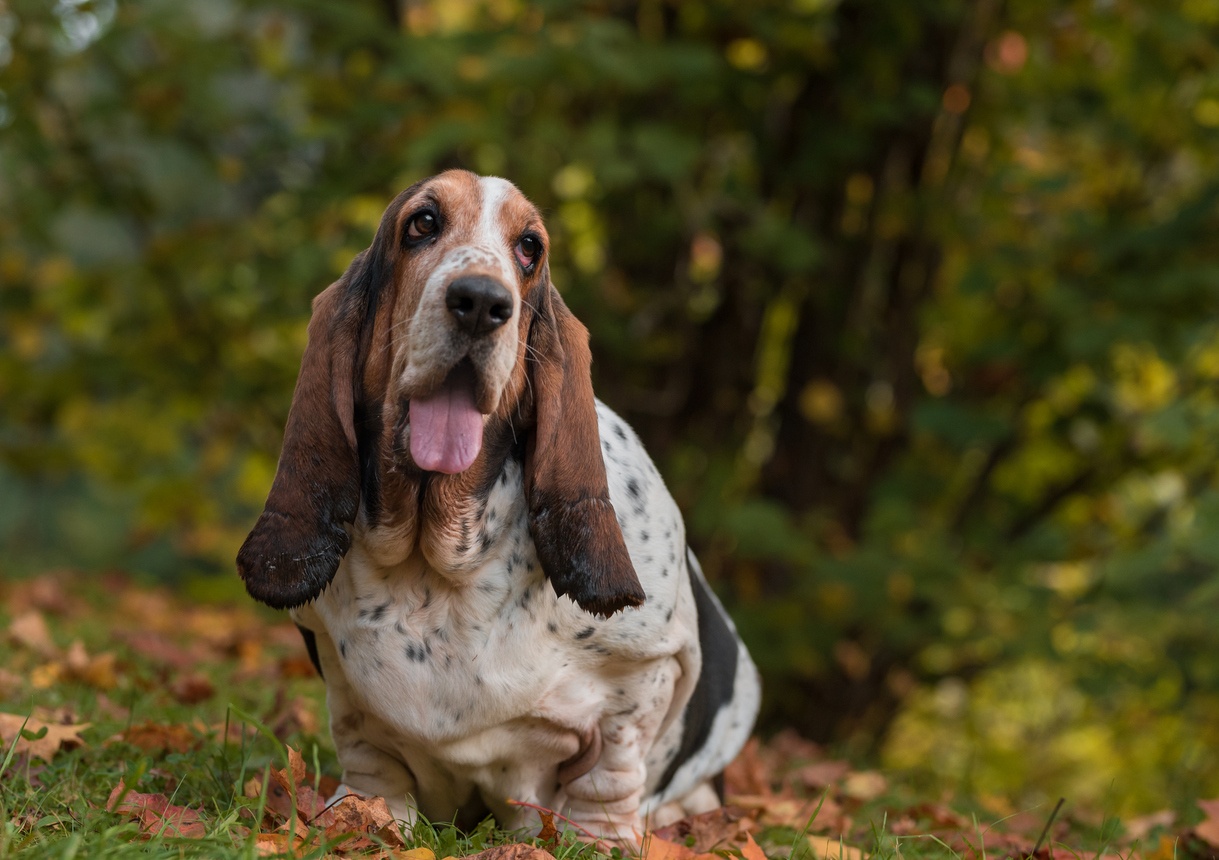
Basset Hound
The Basset Hound is a breed of dog with a relatively low life expectancy due to several factors. Their physical build, with a long body and short legs, can predispose them to back and joint problems, such as intervertebral disc disease. In addition, they are prone to eye diseases, such as cataracts and glaucoma. Their facial structure can also lead to respiratory problems, such as airway obstruction. These combined factors, along with a possible genetic predisposition, contribute to a shorter life expectancy in the Basset Hound compared to other dog breeds.
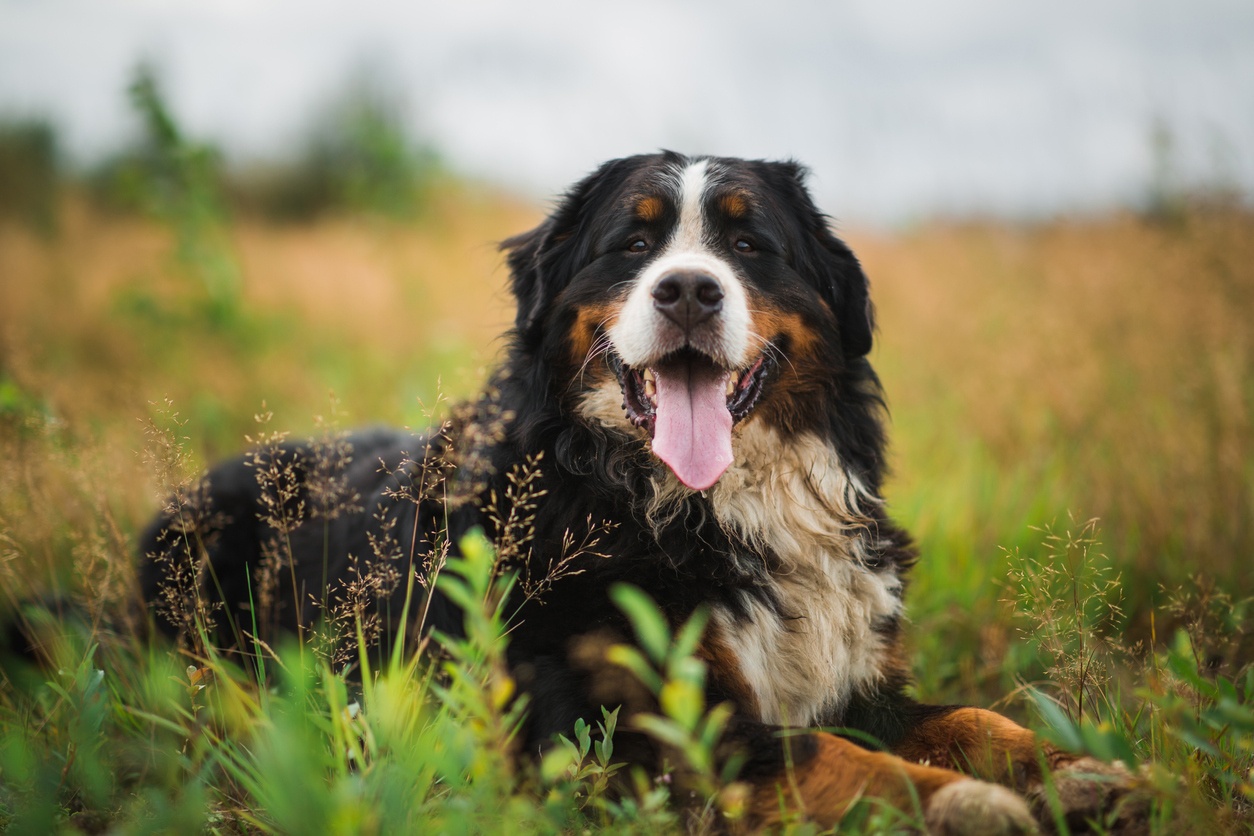
Bernese Mountain Dog
Although they are large and robust dogs, Bernese Cattle Dogs are prone to health problems such as hip and elbow dysplasia, as well as hereditary diseases such as cancer and gastric dilatation-volvulus (stomach torsion). In addition, their size and weight can put additional stress on their joints and internal organs, increasing the risk of health problems as they age.
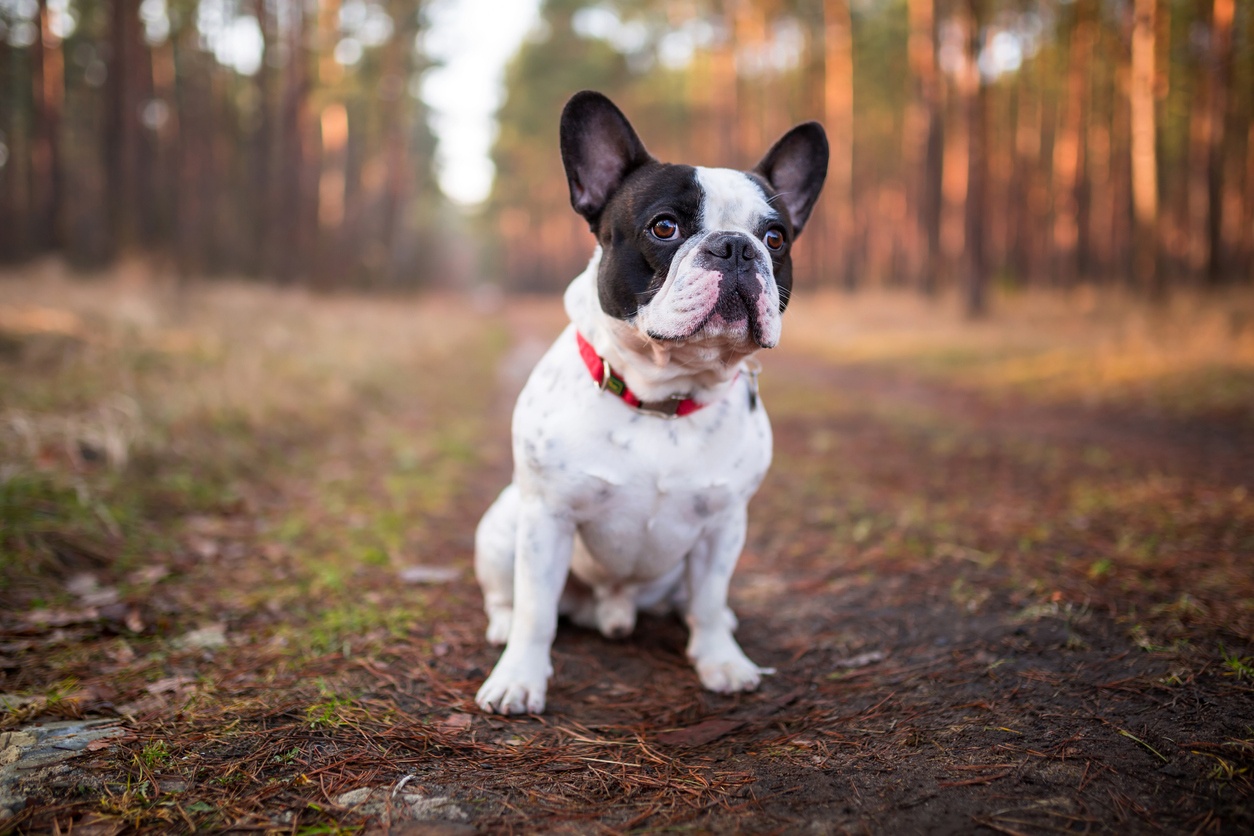
French Bulldog
The French bulldog’s flattened facial structure and compact body conformation can lead to respiratory problems, such as stenosis of the nostrils and sleep apnea. In addition, they are prone to spinal problems, such as intervertebral disc disease. They may also experience difficulties during childbirth due to their large head size in relation to their body.
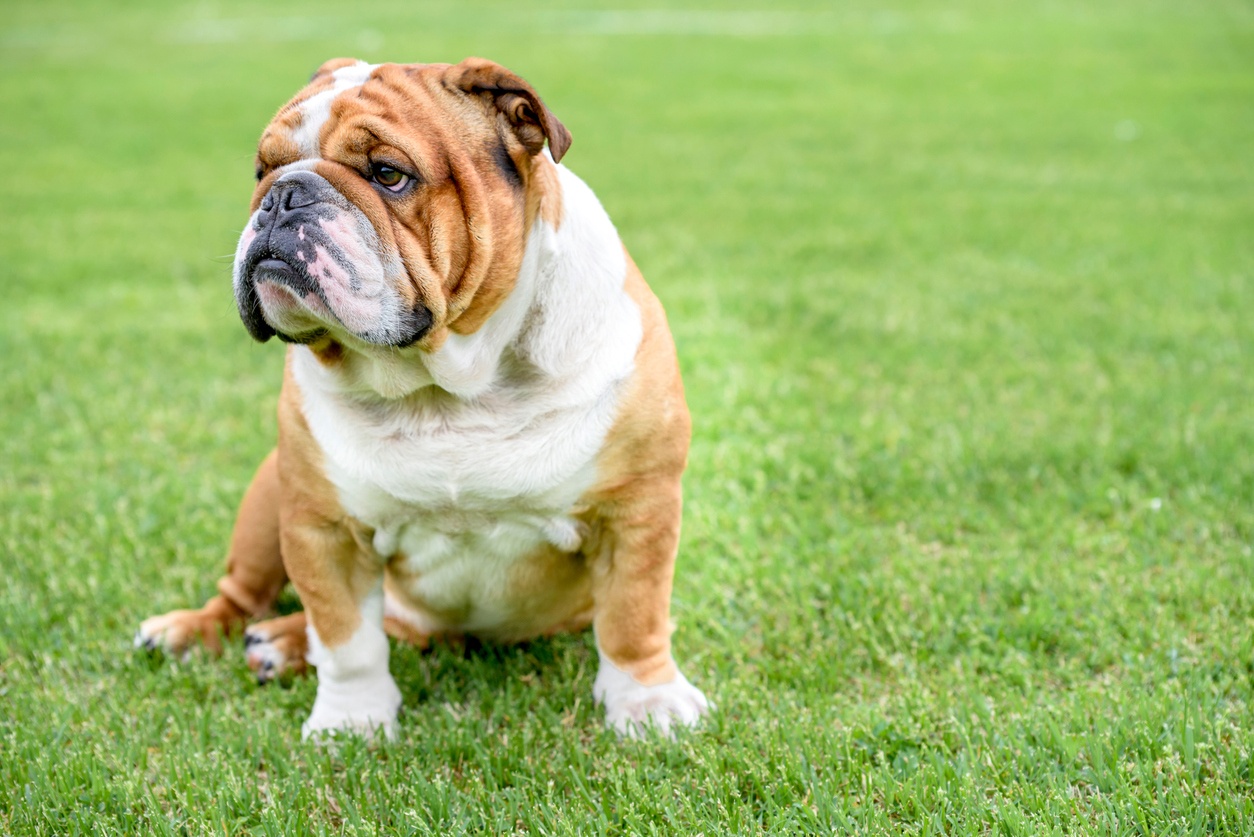
English Bulldog
The English bulldog is a breed of dog with a low life expectancy due to several genetic health problems related to its morphology and head. According to some websites, the average lifespan of an English bulldog ranges from 8 to 11 years, although it may vary depending on the care it receives. Some of the problems that affect this breed are respiratory problems, caused by its flat muzzle and narrow windpipe, obesity, which can lead to bone lesions, and skin infections, due to the folds it has.
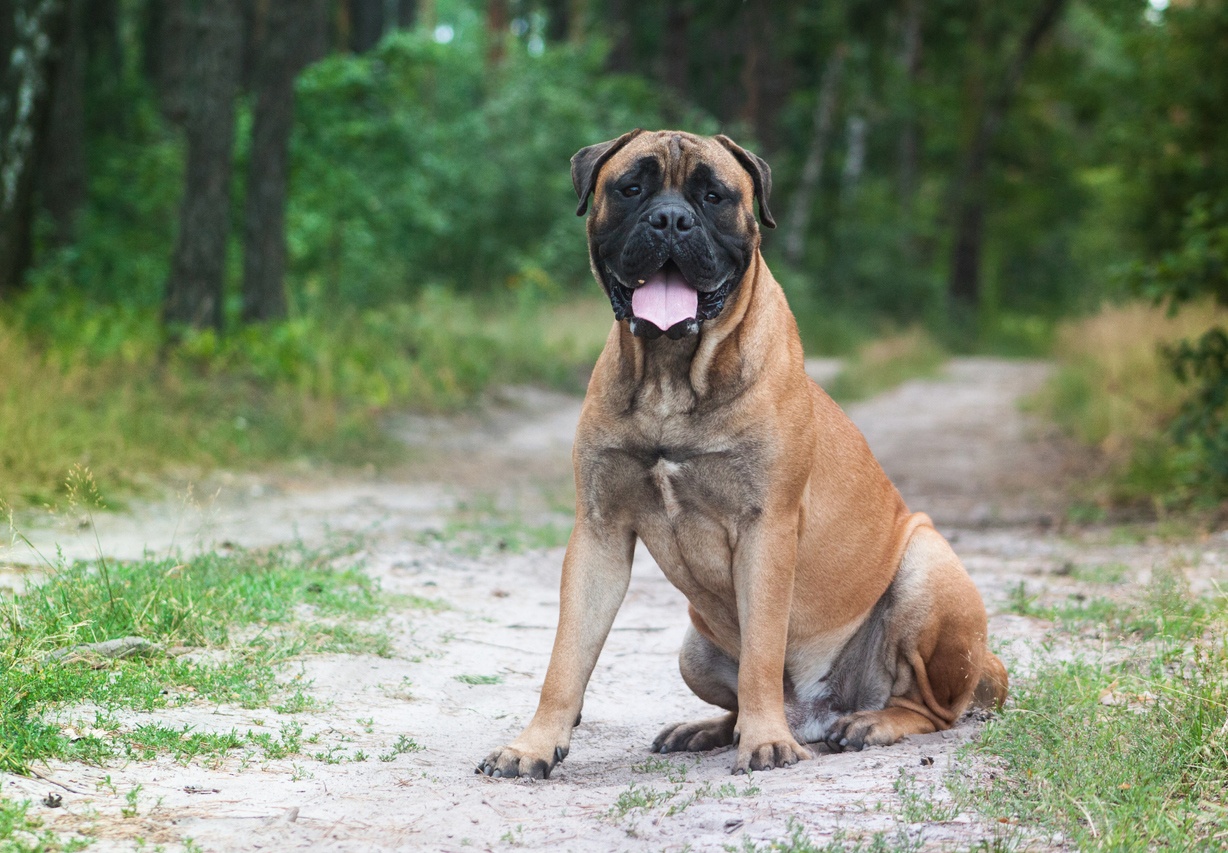
Bullmastiff
The bullmastiff is a breed of dog with a low life expectancy due to various health problems that affect its large and powerful constitution. The average life span of a bullmastiff ranges from 8 to 10 years, although it can vary depending on the care it receives. Some of the problems affecting this breed are cancer, tumors, hip dysplasia and eyelid problems.
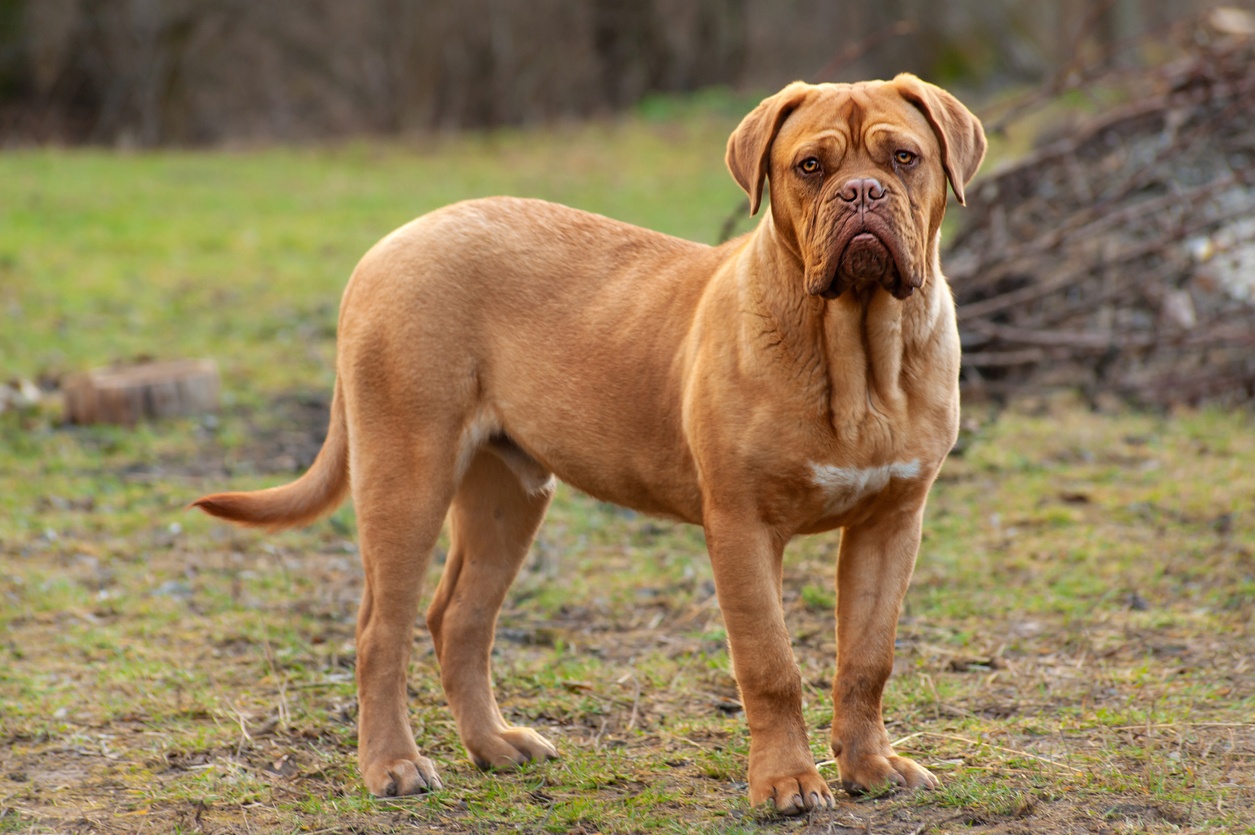
Dogue de Bordeaux
The average life span of a Dogue de Bordeaux ranges from 5 to 12 years. Some of the problems that affect this breed are hip dysplasia, cancer, tumors, respiratory problems and skin infections.
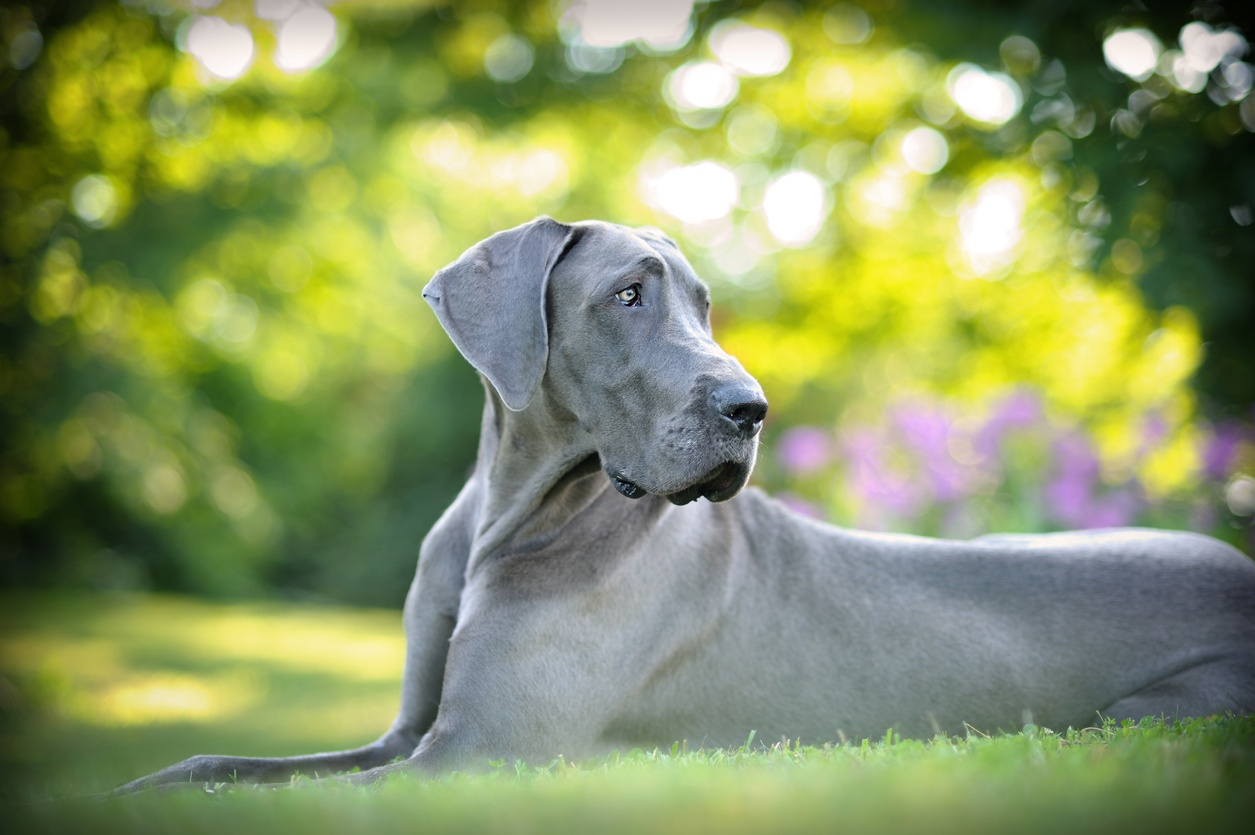
Gran Danés
The Great Dane is a breed of dog that has a low life expectancy due to several health problems that affect its large size and build. The average life span of a Great Dane ranges from 6.5 to 10 years, although it can vary depending on the care it receives. Some of the problems that affect this breed are cancer, gastric torsion and heart disease. Despite these drawbacks, the Great Dane is a calm, affectionate and playful dog.
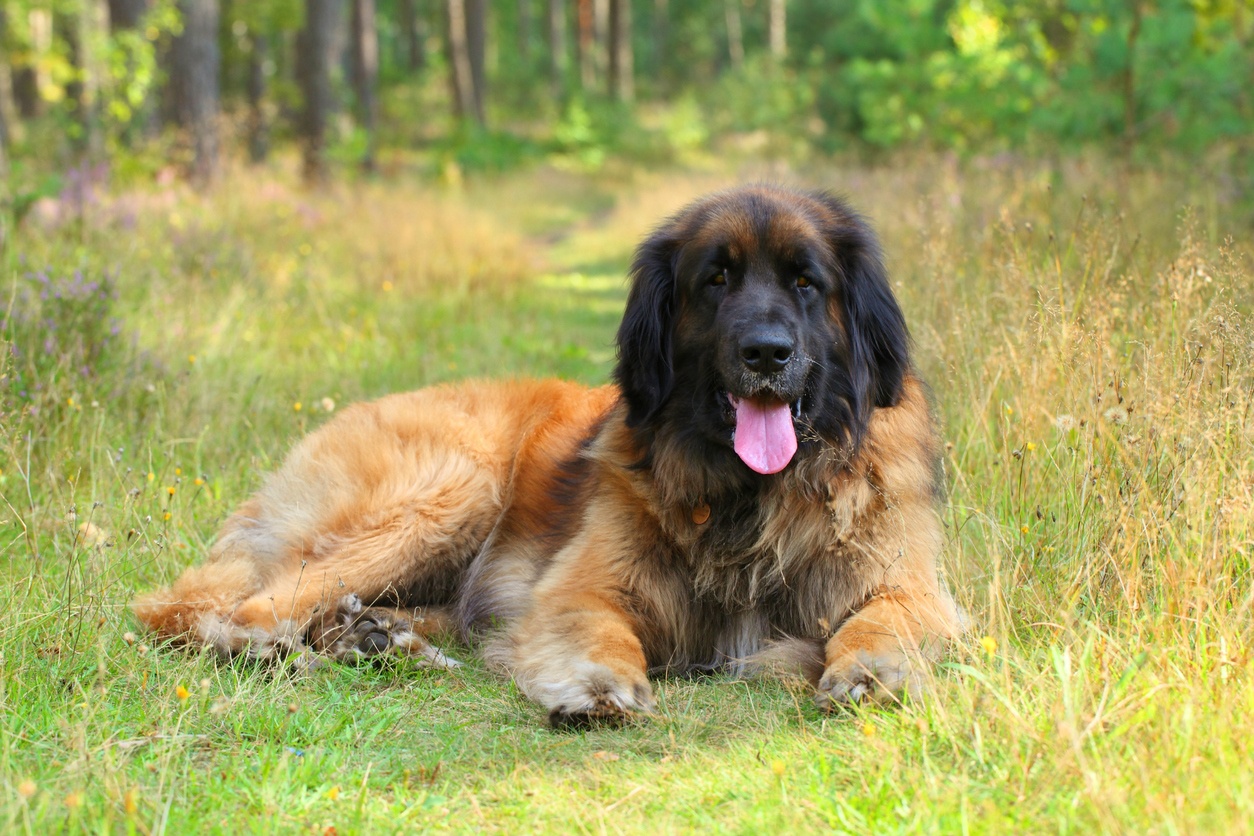
Leonberger
The Leonberger is a breed of dog that is not inherently considered to have a low life expectancy. However, as with other large breeds, they can be prone to certain health problems that could affect their life expectancy. Some of these problems include hip and elbow dysplasia, gastric torsion, heart disease, thyroid problems and cancer. In addition, the Leonberger’s size and weight can put additional stress on their joints and internal organs, increasing the risk of health problems as they age.
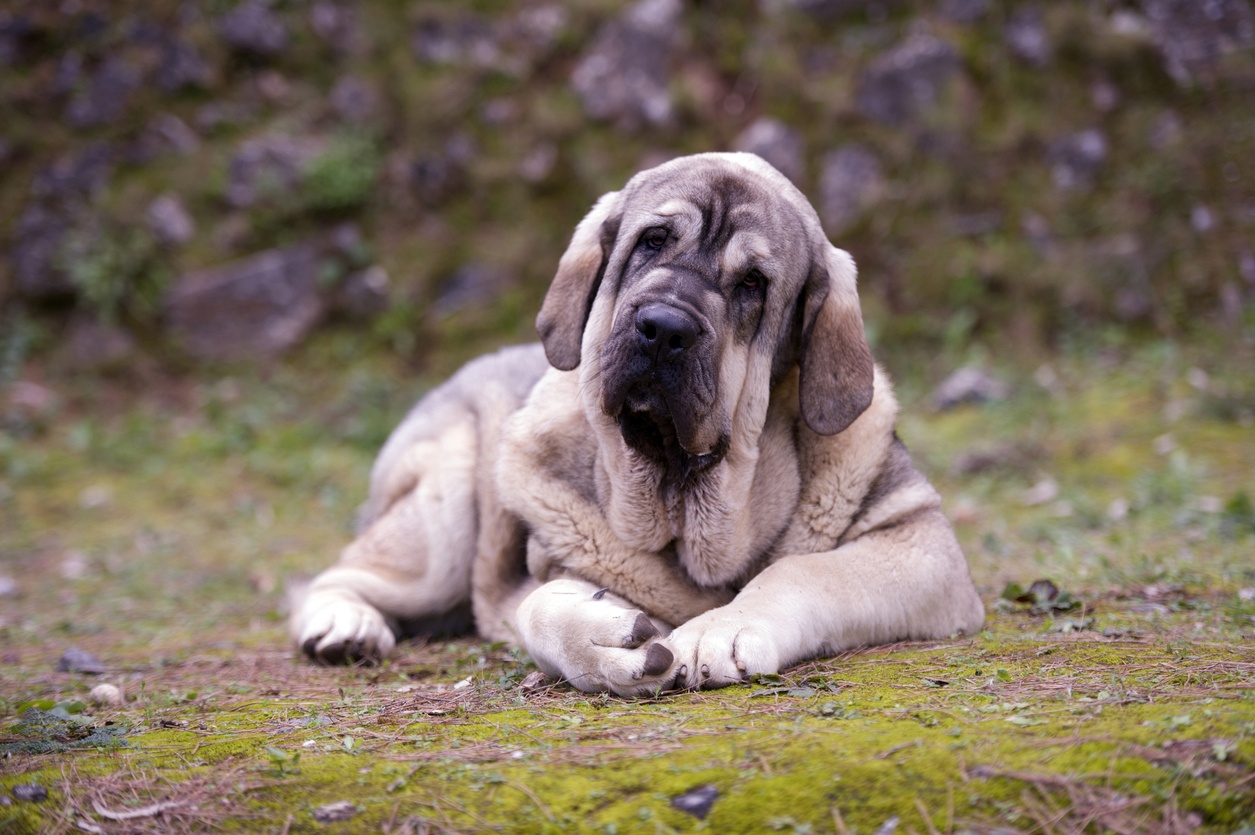
Spanish Mastiff
The Spanish Mastiff is an imposing and powerful dog breed that, while not inherently characterized by a low life expectancy, requires special attention due to certain health problems associated with its size and structure. These majestic canines can face challenges such as hip and elbow dysplasia, gastric torsion, heart disease, eye problems and cancer. However, by providing them with proper nutrition, regular exercise, veterinary care and a healthy living environment, we can improve their quality of life and prolong their time in the company of their owners.
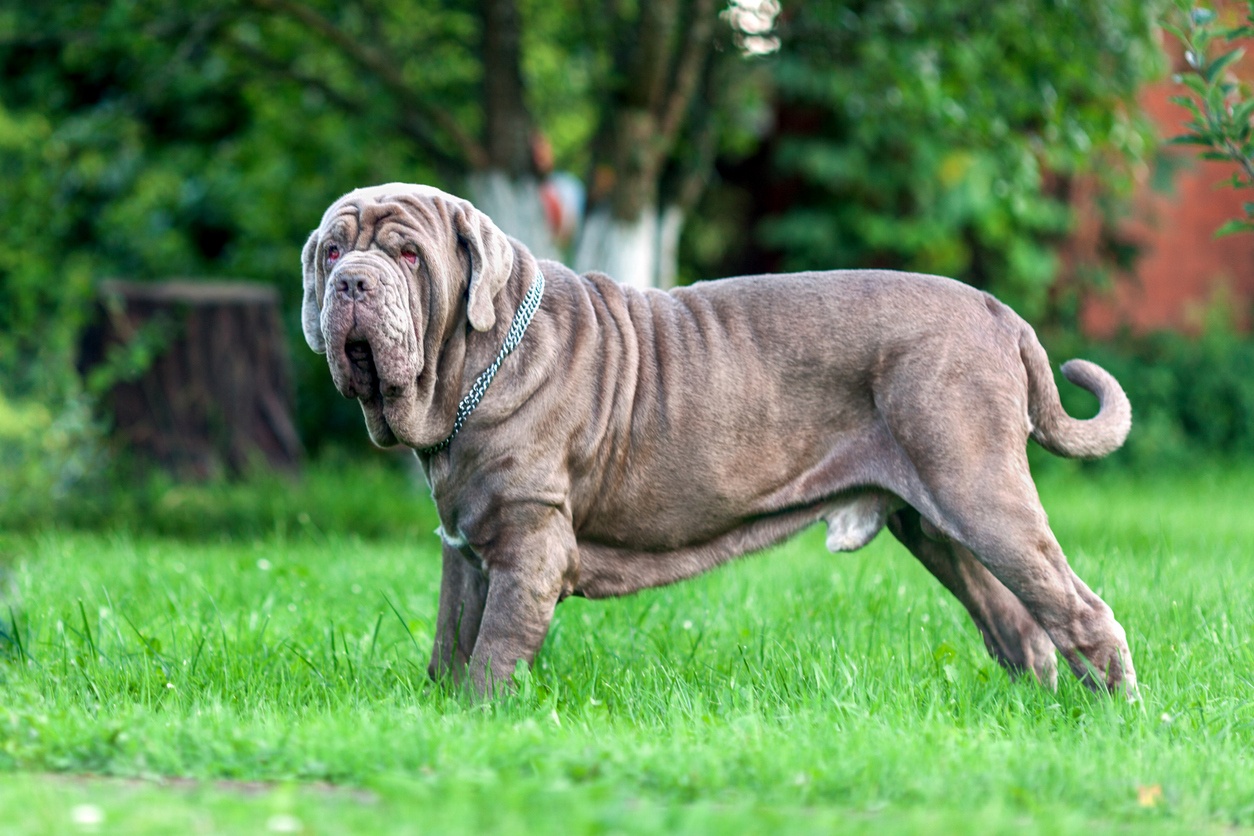
Grease napolitano
The Neapolitan Mastiff, with its imposing presence and protective nature, is a breed of dog that can face challenges in terms of life expectancy. Its large size and weight can put stress on joints and internal organs, increasing the risk of health problems associated with aging. In particular, hip and elbow dysplasia, heart disease, dermatological disorders and gastric torsion are conditions to which they are predisposed.
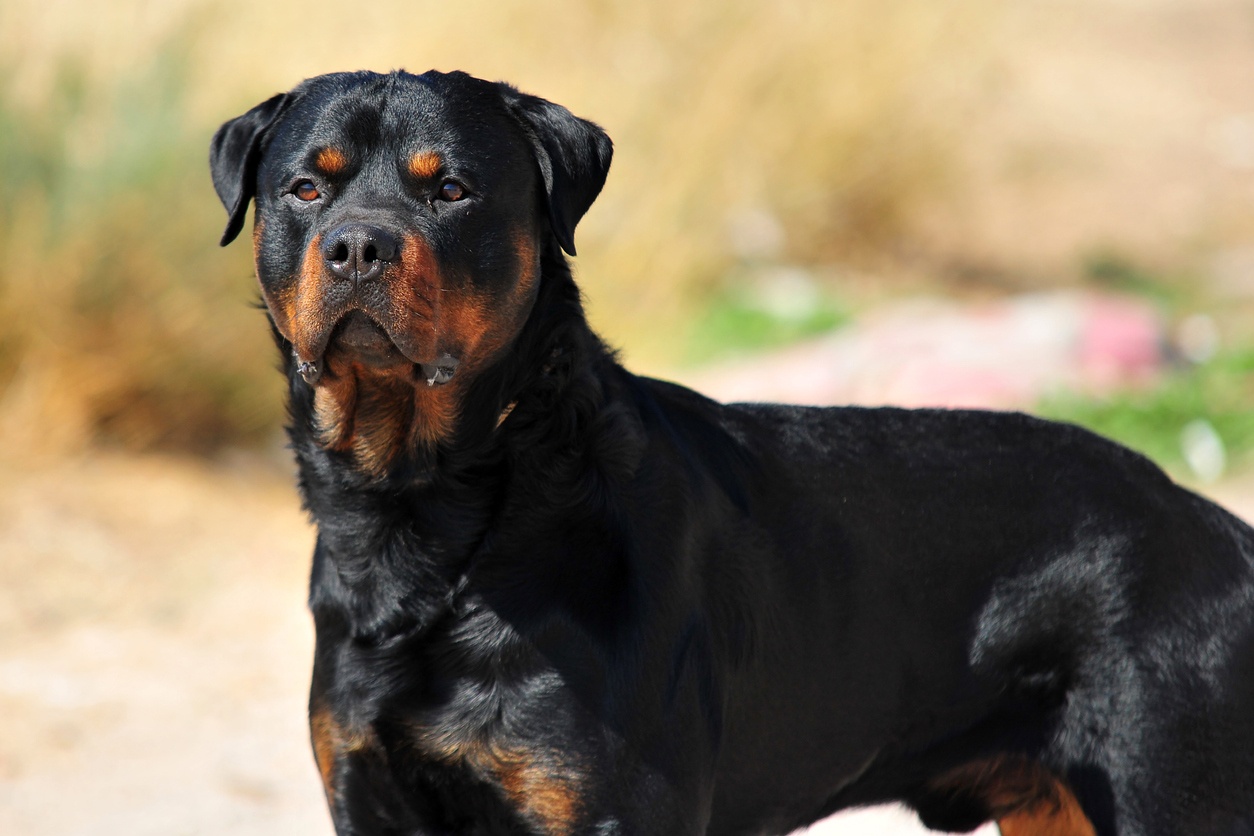
Rottweiler
The Rottweiler, with its imposing presence and unwavering loyalty, is a breed of dog that can face challenges in terms of life expectancy. They are prone to hereditary conditions such as hip and elbow dysplasia, heart disease and eye problems. In addition, their robust size and musculature can place additional stress on their joints and internal organs, increasing the risk of health problems as they age.
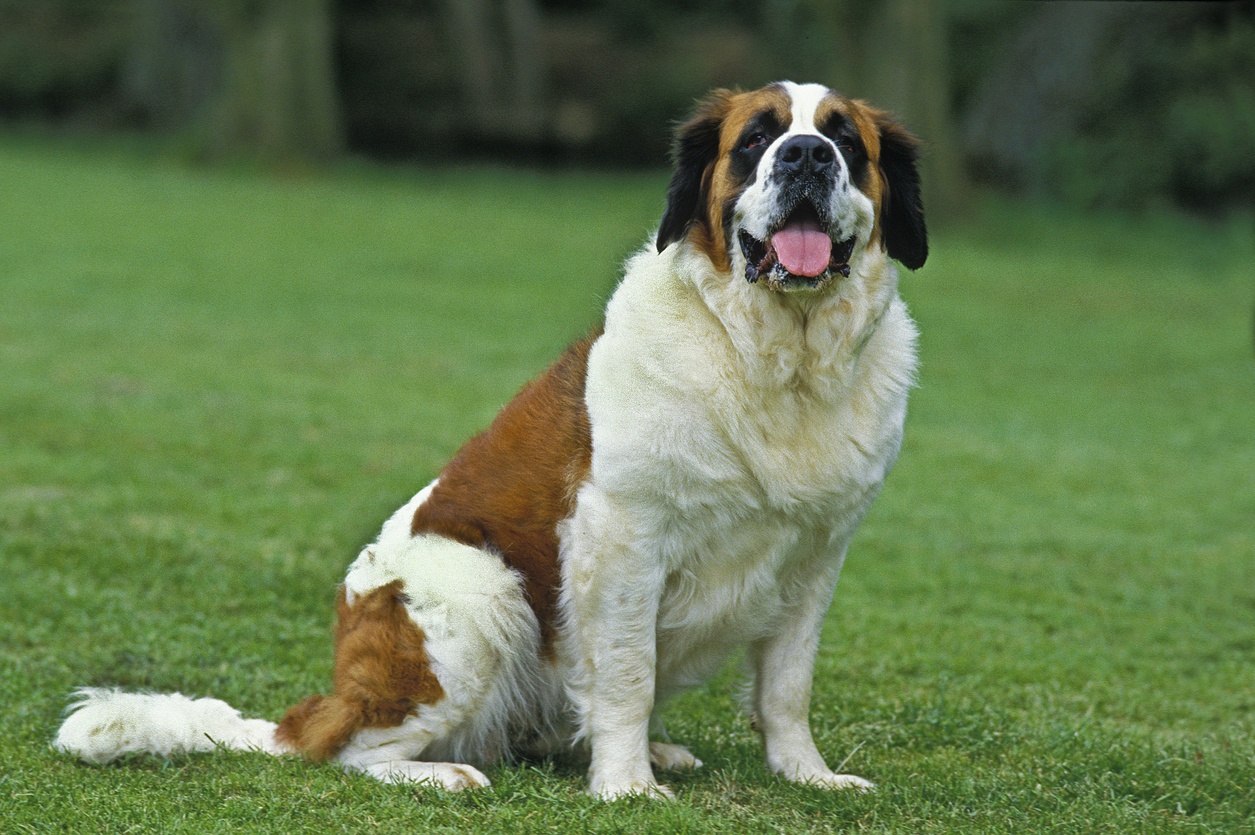
San Bernardo
The Saint Bernard, known for its imposing presence and kind heart, is a breed of dog that unfortunately has a relatively low life expectancy. This is due to various health problems associated with its large size and structure. With an average lifespan ranging from 8 to 10 years, it is important to be aware of the conditions to which they are prone. Hip dysplasia, heart disease, cancer and gastric torsion are some of the ailments that can affect these adorable canines.
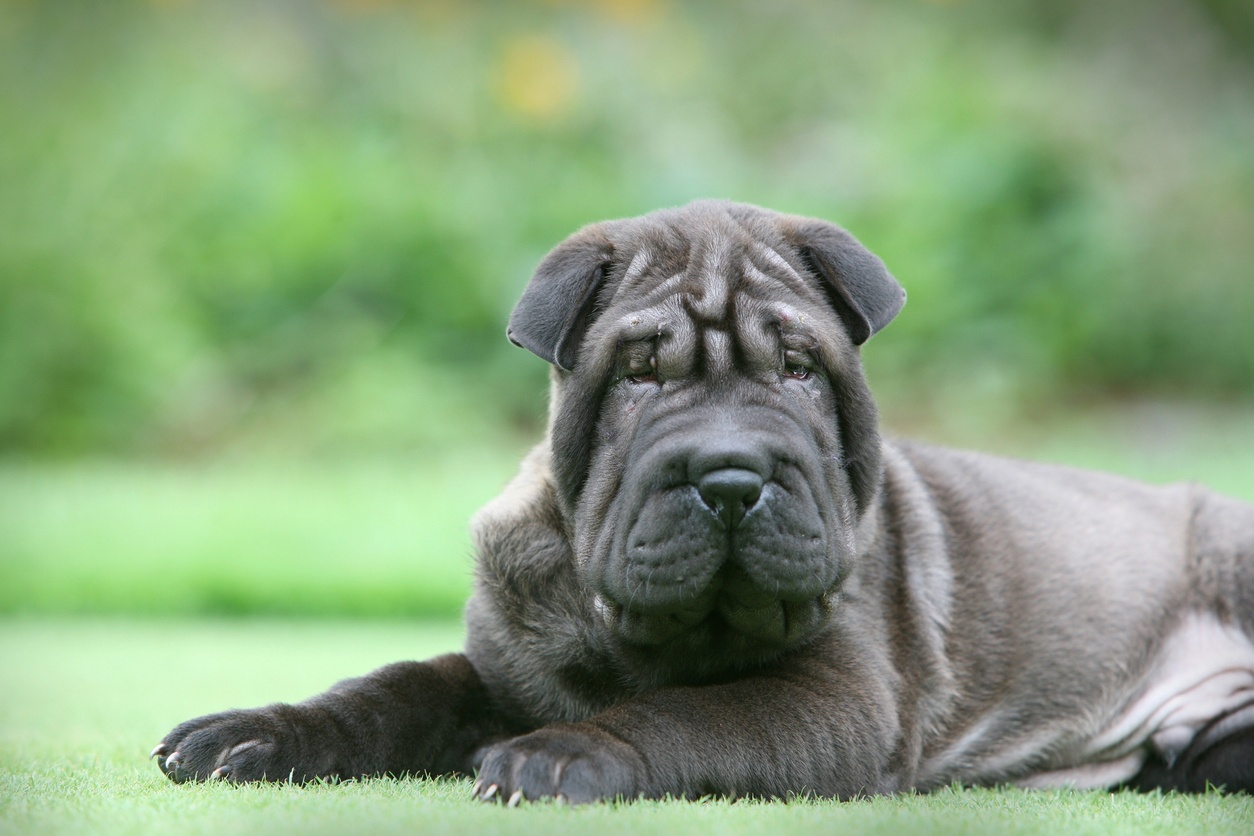
Shar pei
The Shar Pei, with its distinctive wrinkled and fluffy appearance, is a breed of dog that unfortunately has a relatively low life expectancy. With an average lifespan ranging from 8 to 12 years, although its lifespan can vary depending on the care it receives, it is important to be aware of the associated health problems. Eye, respiratory, muscular, bone and cardiovascular diseases are some of the ailments that can affect this breed.
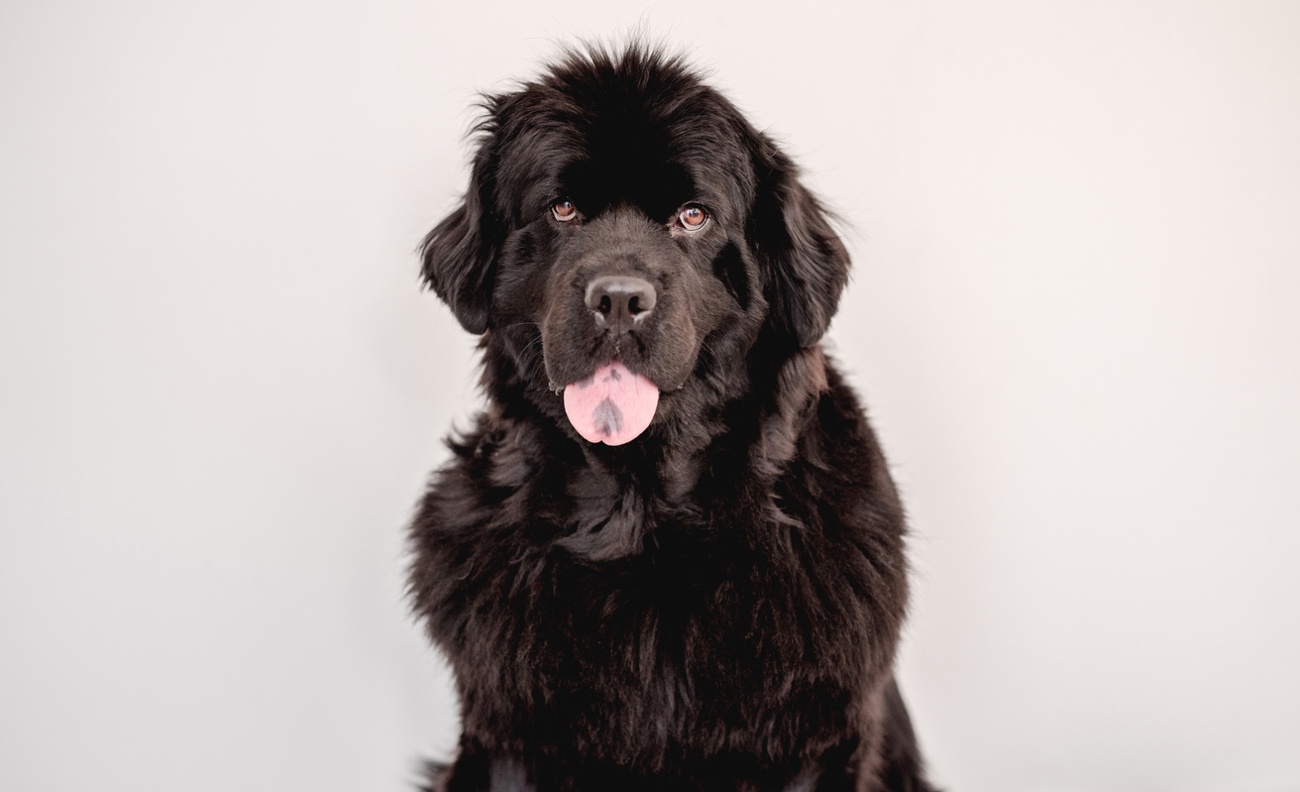
Newfoundland
The Newfoundland, with its imposing size and characteristic charm, is a breed of dog that unfortunately has a relatively low life expectancy. With an average lifespan ranging from 9 to 10 years, although it can vary depending on the care it receives, it is important to be aware of the associated health problems. Hip dysplasia, osteoarthritis, heart disease and cancer are some of the ailments that can affect this breed.
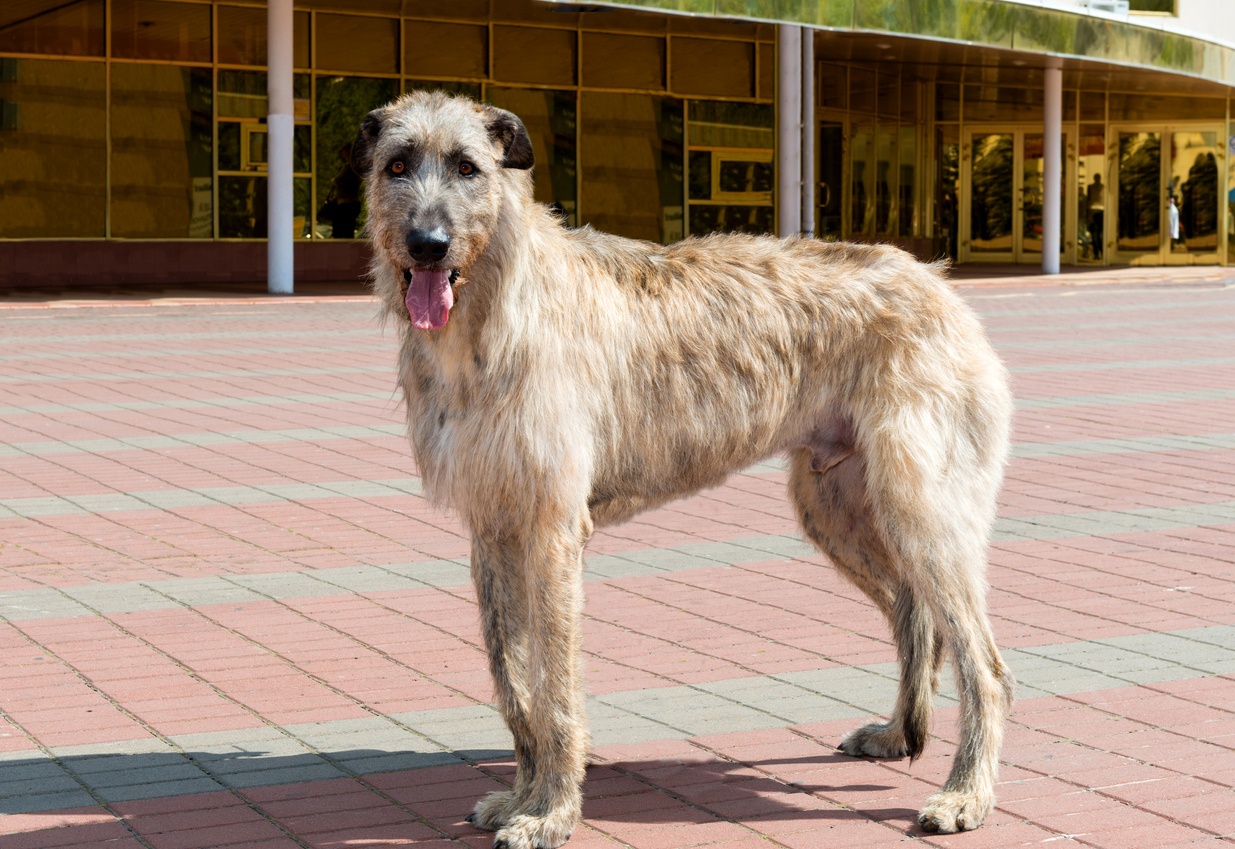
Irish Hound
The life expectancy of the Irish Wolfhound is usually relatively short compared to other dog breeds. Generally, these dogs live between 6 and 8 years, although some can exceed this age if properly cared for. Their low life expectancy is due to several factors, including health problems that can affect them, such as cancer, heart disease, gastric torsion and orthopedic problems. These health problems may be related to their large size and accelerated growth. However, keep in mind that every dog is different and life expectancy may vary from individual to individual.






